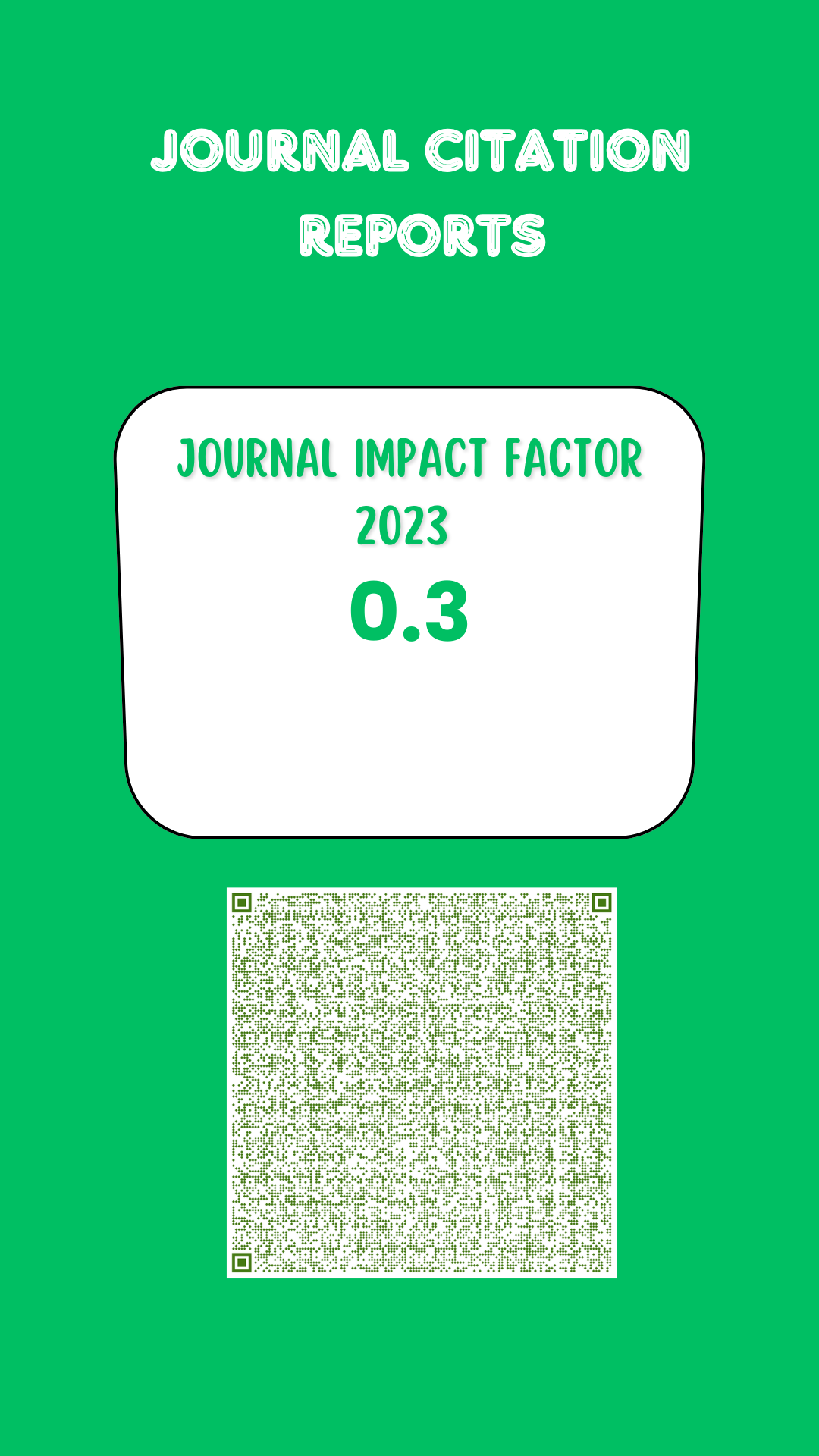Photochemical efficiency and growth of chile poblano inoculated with rhizobacteria and arbuscular mycorrhizal fungi
DOI:
https://doi.org/10.19136/era.a9n3.3126Abstract
Arbuscular mycorrhizal fungi (AMF) and plant growth promoting bacteria (PGPB) are symbiotically and naturally associated with poblano pepper plants. The objective of this research was to evaluate the effect of AMF and PGPR inoculation on the photochemical
efficiency of photosystem II and the growth of poblano pepper seedlings. The experiment was
carried out in a greenhouse, under a completely random design, combining three groups of AMF [Funneliformis geosporum + Claroideoglomus spp. (FGC), Claroideoglomus etunicatum (CE) and without mycorrhiza (SM)] and two levels of rizobacterial [Arthrobacter spp. (AB) and without rizobacteria (SB)], generating six treatments: [T1) FGC + AB, T2) FGC + SB, T3) CE + AB, T4) CE + SB, T5) SM + AB and T6) SM + SB (Control)], with 15 repetitions each, for a total of 90 experimental units. 7 g of substrate was used as AMF inocula, propagated in trap culture for six months with Ray-grass (140 and 128 spores); The bacteria used was Arthrobacter spp., prepared in a liquid medium with nutrient broth, adding 1 mL of inoculum per cavity, with 166 x 108 UFC mL−1. The variables evaluated were plant height,
number of leaves, leaf area, dry biomass, mycorrhizal colonization and the photochemical efficiency of Photosystem II. The T1 generated greater plant height, number of leaves, foliar area, dry biomass and mycorrhizal colonization, however in the photochemical efficiency of photosystem II expressed in Fv/Fm and Fv/Fo, was superior at T2. The inoculation of AMF and PGPB are alternatives to improve the growth of seedlings in poblano pepper.
Downloads
Downloads
Published
Issue
Section
License
Copyright (c) 2022 Ecosistemas y Recursos Agropecuarios

This work is licensed under a Creative Commons Attribution-NonCommercial-ShareAlike 4.0 International License.
Aviso de copyright
Los autores que se envían a esta revista aceptan los siguientes términos:
una. Los autores conservan los derechos de autor y garantizan a la revista el derecho a ser la primera publicación del trabajo con una licencia de atribución de Creative Commons que permite a otros compartir el trabajo con un reconocimiento de la autoría del trabajo y la publicación inicial en esta revista.
B. Los autores pueden establecer acuerdos complementarios separados para la distribución no exclusiva de la versión del trabajo publicado en la revista (por ejemplo, en un repositorio institucional o publicarlo en un libro), con un reconocimiento de su publicación inicial en esta revista.
C. Se permite y se anima a los autores a difundir su trabajo electrónicamente (por ejemplo, en repositorios institucionales o en su propio sitio web) antes y durante el proceso de envío, ya que puede conducir a intercambios productivos, así como a una cita más temprana y más extensa del trabajo publicado. (Consulte El efecto del acceso abierto).



